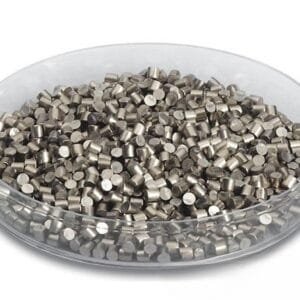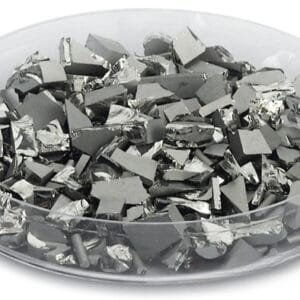Cobalt Tungsten Evaporation Materials Overview
TFM provides premium cobalt tungsten evaporation materials, an alloy composed of cobalt (Co) and tungsten (W). These high-purity materials, with purity levels reaching up to 99.9995%, are crucial for high-quality deposition processes. Our advanced quality assurance practices ensure that each batch meets stringent reliability standards.
Related Products: Cobalt Evaporation Materials, Tungsten Evaporation Materials
Applications of Cobalt Tungsten Evaporation Materials
Our cobalt tungsten evaporation materials are widely utilized in various applications, including:
- Deposition Processes: Essential for semiconductor deposition, chemical vapor deposition (CVD), and physical vapor deposition (PVD).
- Optical Uses: Ideal for wear protection, decorative coatings, and display technologies.
Packaging and Handling
To maintain the integrity of our cobalt tungsten evaporation materials, we implement meticulous handling procedures. This ensures that the materials remain undamaged during storage and transportation.
Contact Us
TFM is a top manufacturer and supplier of high-purity cobalt tungsten evaporation materials. We offer these materials in several forms, including powder and granules, with customized options available upon request. For pricing information and inquiries about our full range of evaporation materials, please contact us directly.


 MSDS File
MSDS File



Reviews
There are no reviews yet.